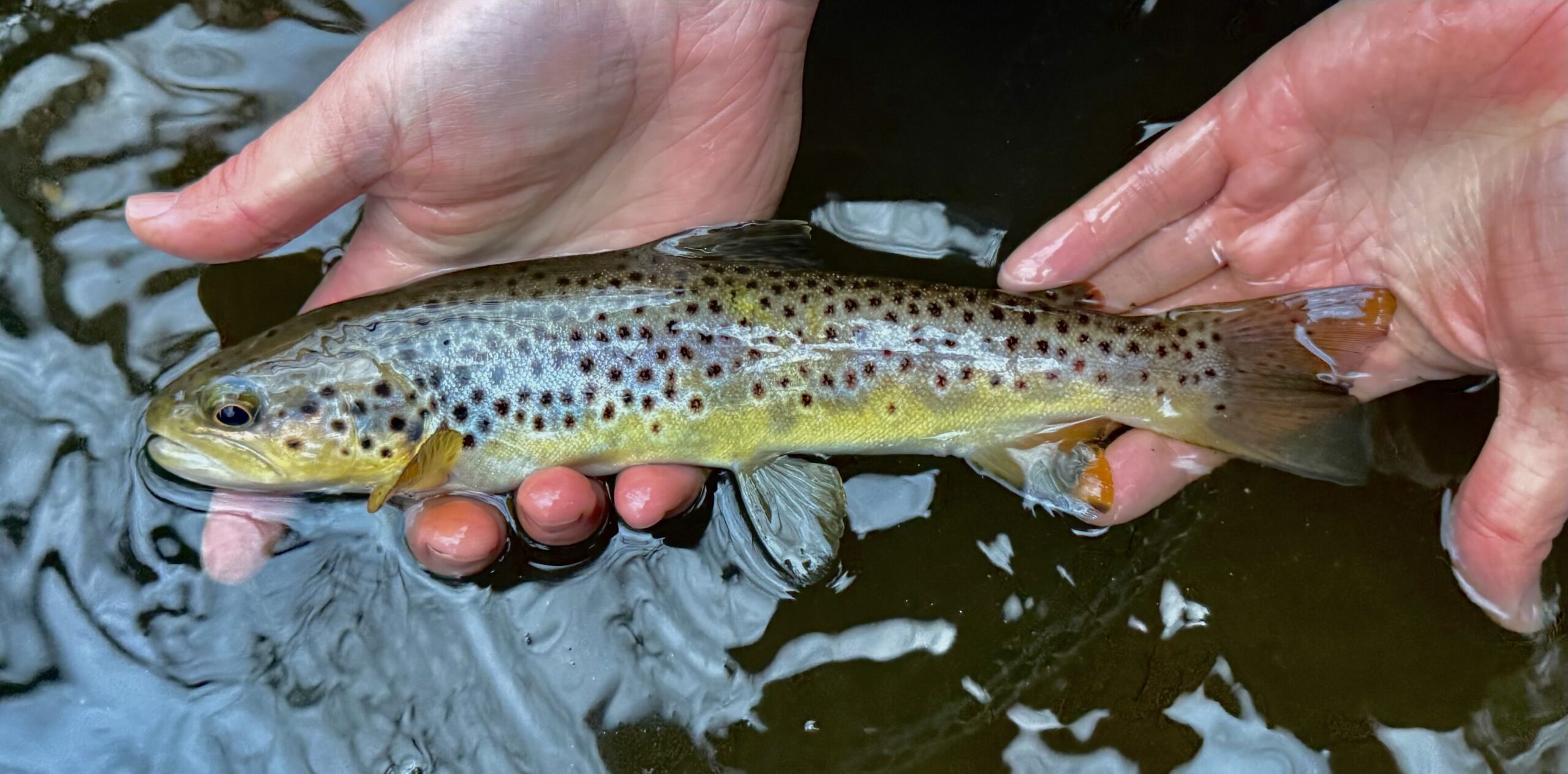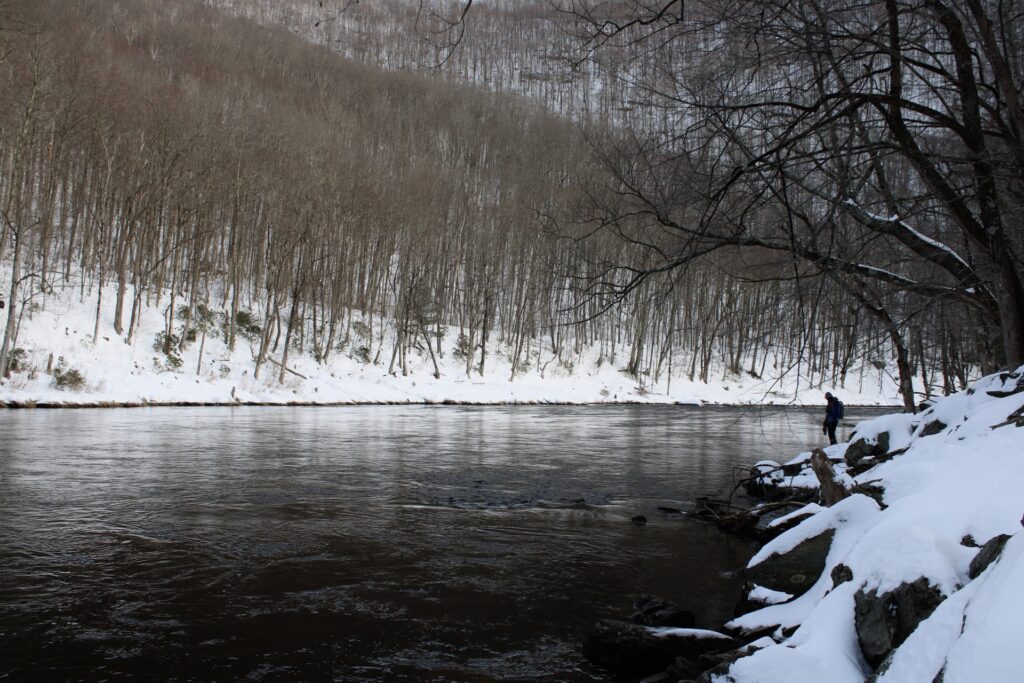I remember this part now. This part begins somewhere between the Super Bowl and the first outing of the year where you can crush fish in a sun hoodie. It’s in the desperation churning after a day that was filled with more heart and soul (all of it) than fish caught (zero), and knowing full well that anything resembling relief is months away. This part doesn’t discriminate by skill, access, or tax bracket. This part moves on in the end, but for a painful amount of time, it just exists.
This is dead-of-winter fishing in New England, something I’ve missed out on for almost four years, until now.
This season is needed. Shorter days recharge forests for new growth. Aquifers can begin to replenish from critical levels reached during the ongoing drought. Bitter cold controls pests like ticks, which in addition to being my arch nemesis in the North Woods have been wreaking havoc on deer and moose populations due to lower winter kills.
But in the spirit of good old privilege and dominance over nature— man, I wish the fishing was better.
I started strong on New Year’s Day by driving an hour west with my friends Jon and Charlie. We fished lower down in a high density small stream system we knew from the summer, and ended up getting quite a few nice wild browns. The daytime temps were in the low 40s and a small part of me thought these conditions would last for the next few months. To motivate yourself for winter fly fishing, you have to be optimistic about weather. For winter fly fishing in the Northeast, you have to be really optimistic, and hold tight to your beliefs like they’re a sort of seasonal religion.


That stream was frozen solid two weeks later. I made a few local trips to similar waters after brief warm spells, but they weren’t even close. For the first time in years, I started taking weeks off fishing. I ended each Sunday with a few more dozen flies tied and an increasingly noticeable case of cabin fever.
In mid-February, I finally caved and made the two and a half hour drive to the Deerfield. For those unfamiliar, it’s a popular river in far western Massachusetts with a number of large wild trout (and a healthy stocking program). Most importantly, there is a tailwater stretch that is ice free for miles, even in the low teen-degree days. It could have goldfish in it for all I care— I fished and caught in open water.
Since then it’s been back to retirement. My long stretches off are different from what I’ve been accustomed to on the West Coast. But for all of us easterners, I try to see it as a lesson in refocusing. With a few months where fishing really doesn’t do us favors most of the time, we have the unique opportunity to take a step back. It lets us recalibrate, plan, spend unnecessarily on gear, and get excited like it’s our first ever season again.
I’ve seen this film before. The land is waking up, slowly. I hear more birds in the morning. The odd warm breeze greets me out my door some days. And on my daily drives to work, I see the rivers are opening up. The ponds, still glazed in a soft slushy layer, aren’t far behind.
Trout activity will increase over the next few weeks. Soon after, there will be pike and bass. Carp, shad, stripers, bowfin, muskie, and everything else are around the corner. It’s so close we can almost cast to it. Angling gives us the privilege of being connected to nature in a unique way, and sometimes it’s an honor to be at its mercy. We may do a number on it, but it is hardly contained or conditioned to do what we’d like when we’d like it. So as for the rest of what we see around our New England waters— the frozen back bays, still white forests, and icey falls, all standing by for their rebirth — I’ll wait.


